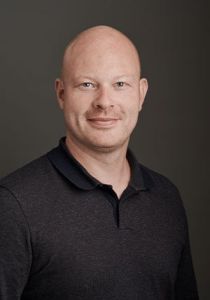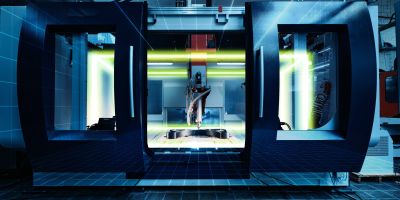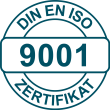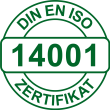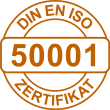LSAM –
Manufacturing processes
Large Scale Additive Manufacturing (LSAM) is a manufacturing process that combines additive and subtractive techniques to produce large scale parts from thermoplastic materials. It is particularly suitable for the production of parts that are difficult to produce using conventional manufacturing methods due to their size or complexity.
Materials and process control
LSAM can process a variety of thermoplastic materials, including high-performance plastics and composites.
The choice of material depends on the specific requirements of the part, such as strength, stiffness, temperature resistance or chemical resistance. Throughout the LSAM process, a number of process parameters are monitored and controlled to ensure the quality of the part.
These include the temperature of the material, the speed of the extruder, the position of the milling tool and the environmental conditions in the build volume.

Additive manufacturing
The additive part of the LSAM process begins with the creation of a digital 3D model of the part to be produced.
This model is then broken down horizontally – into so-called layers. Each layer represents a cross-section of the part. The LSAM system uses an extruder to eject the thermoplastic material in the form of a hot, liquid jet.
This jet is then applied layer by layer to a build platform, where each layer builds on the previous one to form the part. The thickness of each layer and the speed at which the material is applied can be precisely controlled to achieve the desired shape and quality of the part.

Subtraktive manufacturing
After the part has been additively manufactured, the subtractive part of the LSAM process follows. Here, a milling tool is used to remove excess material and achieve the final shape and surface quality of the part. This process is also called “finish milling”. The milling machine is CNC controlled. This allows for high precision and repeat accuracy, which is especially important when producing parts with complex geometries or tight tolerances.
Subtraktive Fertigung
Nachdem das Teil additiv hergestellt wurde, folgt der subtraktive Teil des LSAM-Prozesses. Hierbei wird ein Fräswerkzeug verwendet, um überschüssiges Material zu entfernen und die endgültige Form und Oberflächenqualität des Teils zu erreichen. Dieser Prozess wird auch als “Finish Fräsen” bezeichnet. Die Fräsmaschine wird CNC gesteuert. Dies ermöglicht eine hohe Präzision und Wiederholgenauigkeit, was besonders wichtig ist, wenn Teile mit komplexen Geometrien oder engen Toleranzen hergestellt werden.
Rework
After the subtractive manufacturing process, the part may undergo further rework processes to meet the final specifications and requirements. These finishing steps can vary depending on the specific requirements of the part.
Surface treatment
The surface of the part can be further refined and improved to achieve a smoother surface or specific properties. This can be achieved by various processes, such as grinding, polishing, painting or coating.
Thermal treatment
In some cases, it may make sense to subject the component to thermal treatment in order to improve the mechanical properties of the material. This can serve, for example, to increase the strength or dimensional stability of the component.
Installation
Quality inspection
After finishing, the component undergoes a final quality inspection. This can include a visual inspection, a dimensional check or a test of the mechanical properties.
If required, special test procedures can also be carried out, such as non-destructive test procedures or tests using test specimens.
Frequently asked questions about Large Scale Additive Manufacturing (LSAM)
The LSAM process begins with the additive process, in which the material is applied layer by layer to create the rough shape of the eventual component. Then the created blank is machined in the subtractive process, where excess material is removed to achieve the final shape and quality of the component.
LSAM differs from other 3D printing processes in its ability to produce large-format parts from thermoplastic materials. It combines additive and subtractive techniques in a single system, resulting in greater efficiency, precision and quality.
LSAM and Fused Granulate Fabrication (FGF) are both additive manufacturing processes that process thermoplastic materials. The main difference is that LSAM has an additional subtractive component that allows for higher precision and surface quality.
post-processing may be required after the LSAM process to achieve the final surface quality and fit of the part. This may include removing support structures, smoothing the surface or applying surface coatings.
Unsere LSAM-Experten beraten Sie gerne
